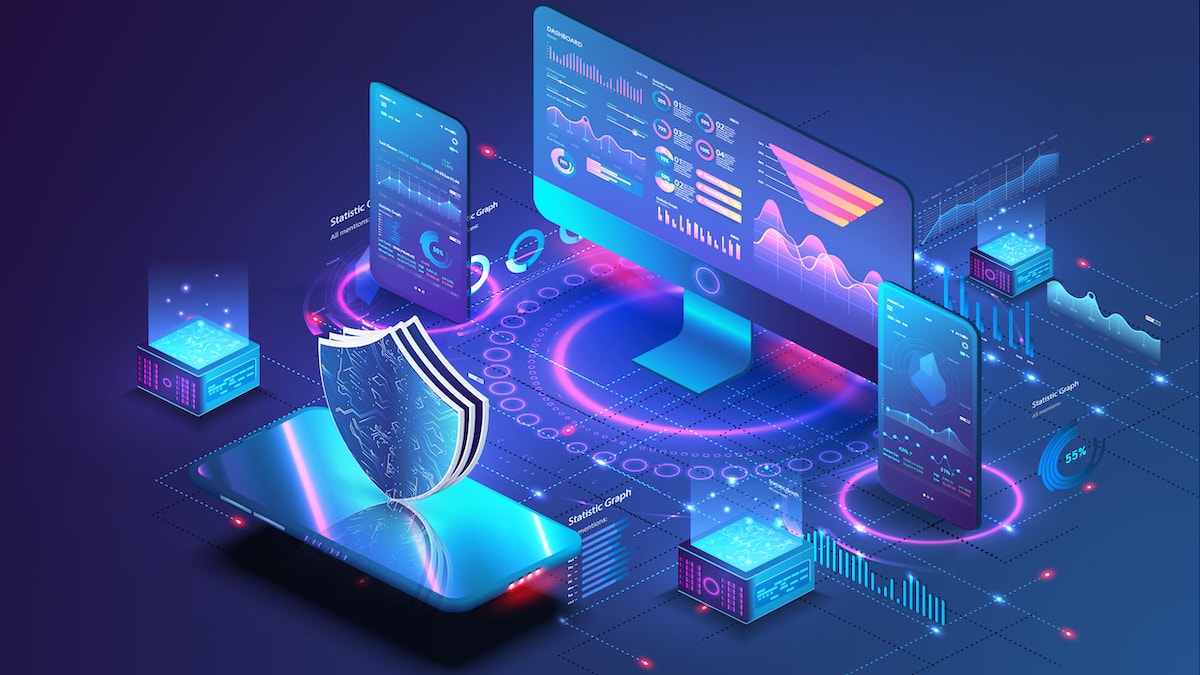Managing Your App Data – The Basics
After launching your app, the amount of data that you will start to receive can be overwhelming, particularly if the app is highly successful. You will start to get data about your app as well as user data. Managing that data is going to be incredibly important to your business and to your users. For user data, you want to ensure that it is secured so that hackers cannot easily steal the collected information. Data about your app will be important for decision making going forward.

After launching your app, the amount of data that you will start to receive can be overwhelming, particularly if the app is highly successful. You will start to get data about your app as well as user data. Managing that data is going to be incredibly important to your business and to your users. For user data, you want to ensure that it is secured so that hackers cannot easily steal the collected information. Data about your app will be important for decision making going forward.
Knowing how to deal with the two primary types of data will help you to improve the app and build a better relationship with your users.
User Data
Before you launch your app, you should know how much user data you will collect, what data is required, and how it will be stored. The more data you collect, the more secure you will need your app to be. While users should take some responsibility for ensuring their device’s security, by storing their data you are making your company a target to malicious hackers. Hackers are able to collect a lot of information about your customers, potentially giving them access to your users’ other accounts.
You should always know how much data you plan to store, as well as how much you may potentially have to store, and you need to know how you plan to use that data. This will depend on the app’s industry, whether people will make purchases over the app, and what data is required. At a minimum, apps require a login and password, so these will need to be stored securely. The more data you save, the more secure it will need to be.
Data Storage
Storage of user data is one of the most important concerns you will need to consider prior to launching the app. There are three primary methods of storing data, depending on the type of app and how it will be used.
- Apps designed for offline use will typically require storage on the user’s mobile device. These apps often don’t require frequent updates.
- Apps that are accessed in real time require data storage on a server. You will need to know what your options are for servers, including the platform requirements where you will launch your app. If you launch on multiple platforms, you will need different servers.
- Synchronized apps often require both types of data storage because data may be used both when the user is online and offline. The purpose of synchronization is to ensure that the data remains consistent regardless of the device the user is using to access the app.
Considering all the ways your users are likely to access and use the app will ensure that you know how the data should be stored.
App Data
The two large platforms of Apple and Android each give you some ability to manage what data you will get when people download and access your app. This data is critical for making decisions about your apps, particularly in setting goals. The majority of people will decide whether an app is useful less than 10 seconds after opening it. Getting app data on downloads and access will help you see how successful your app has been at providing the services or goods you have on offer.
Analysis
Most developers use the data they receive from the platforms to decide when they need to update their apps or change their approach. Data analysis should include reviewing user feedback on the reviews so that you know when users have great ideas for new or improved functionality. This should always be used to determine when to make major changes to the apps to improve the user experience.
This data is often used to help determine if goals about app is performance are being met and to make adjustments accordingly. Overtime, you will need to adjust the goals to be either more realistic or to be more challenging, but you should be paying attention form the beginning so you can improve your app’s performance.
Managing user data is not quite the same as dealing with app access data. Understanding the difference between the two types will help you better manage, store, and analyze your app’s data.
